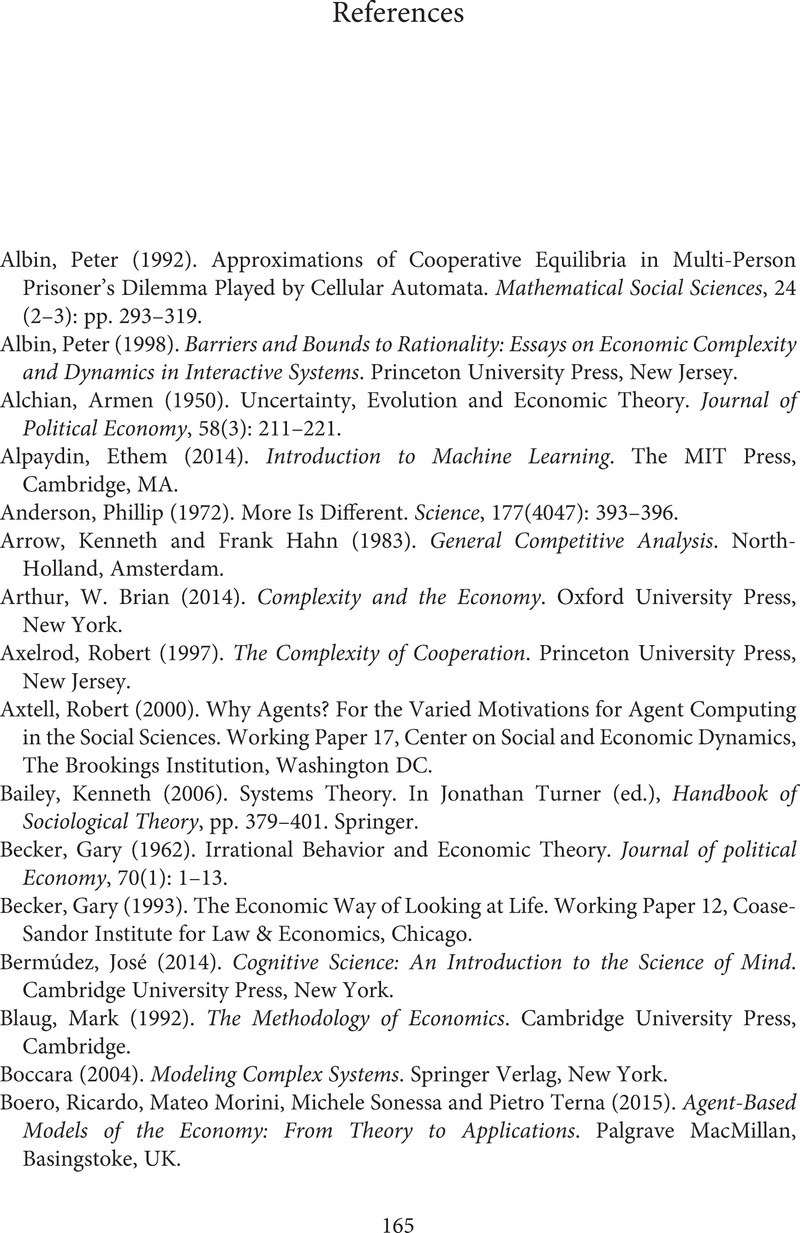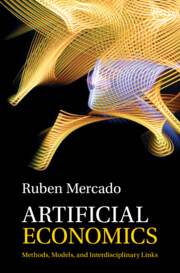References
Published online by Cambridge University Press: 28 October 2021
Summary

- Type
- Chapter
- Information
- Artificial EconomicsMethods, Models, and Interdisciplinary Links, pp. 165 - 173Publisher: Cambridge University PressPrint publication year: 2021



